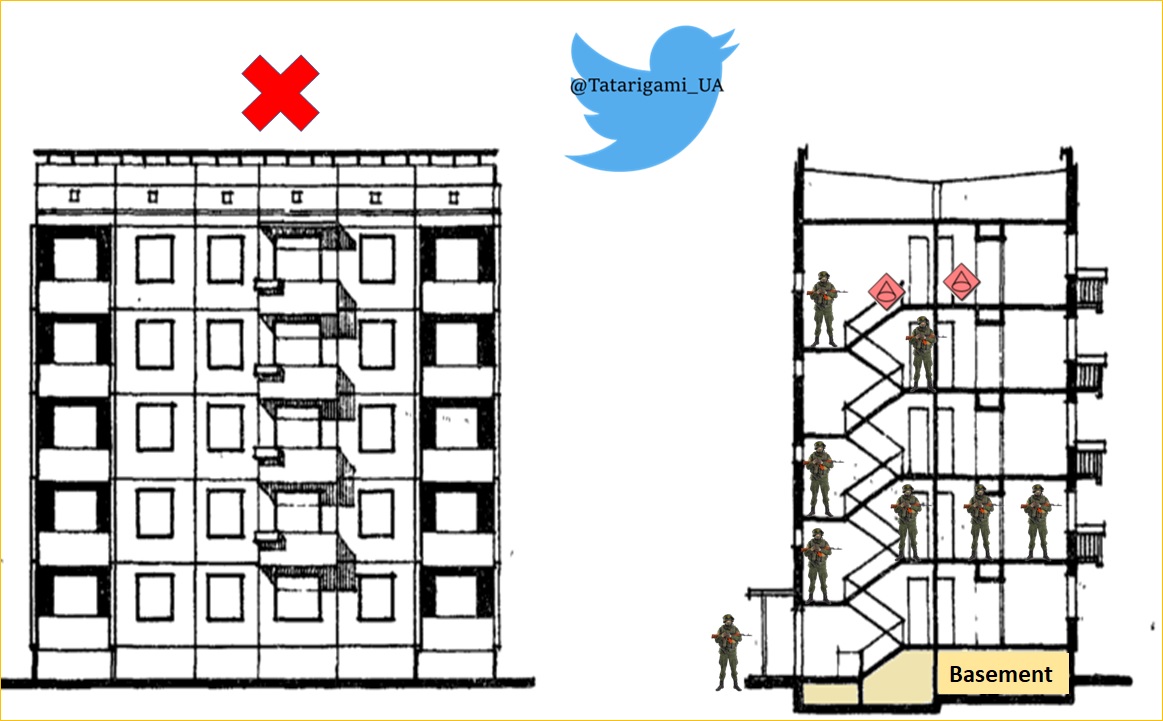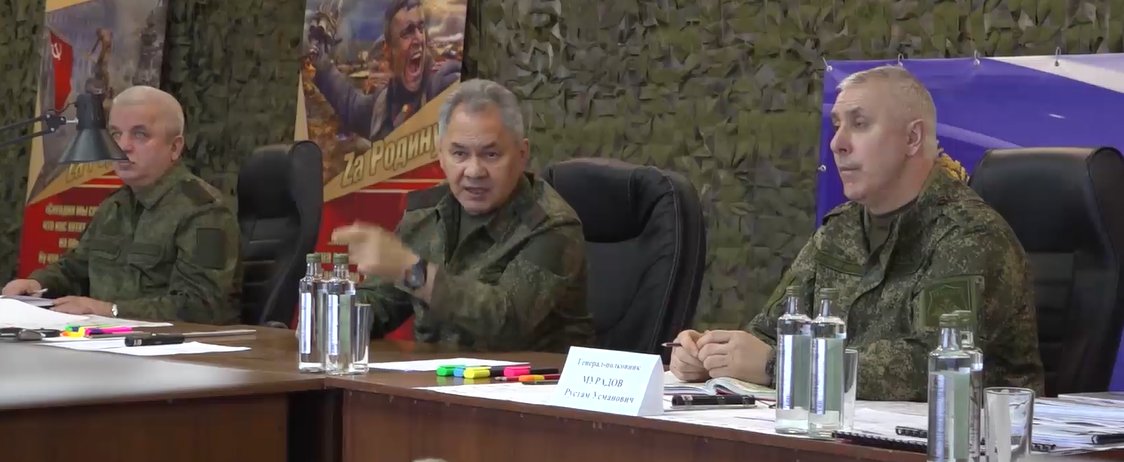
🧵Thread:
1/
A few days ago, our fighters have noticed an unidentifiable yellow device equipped with an antenna and a flashing red beacon, which was released from an unmanned aerial vehicle at a distance of 10 meters from its intended target.
1/
A few days ago, our fighters have noticed an unidentifiable yellow device equipped with an antenna and a flashing red beacon, which was released from an unmanned aerial vehicle at a distance of 10 meters from its intended target.
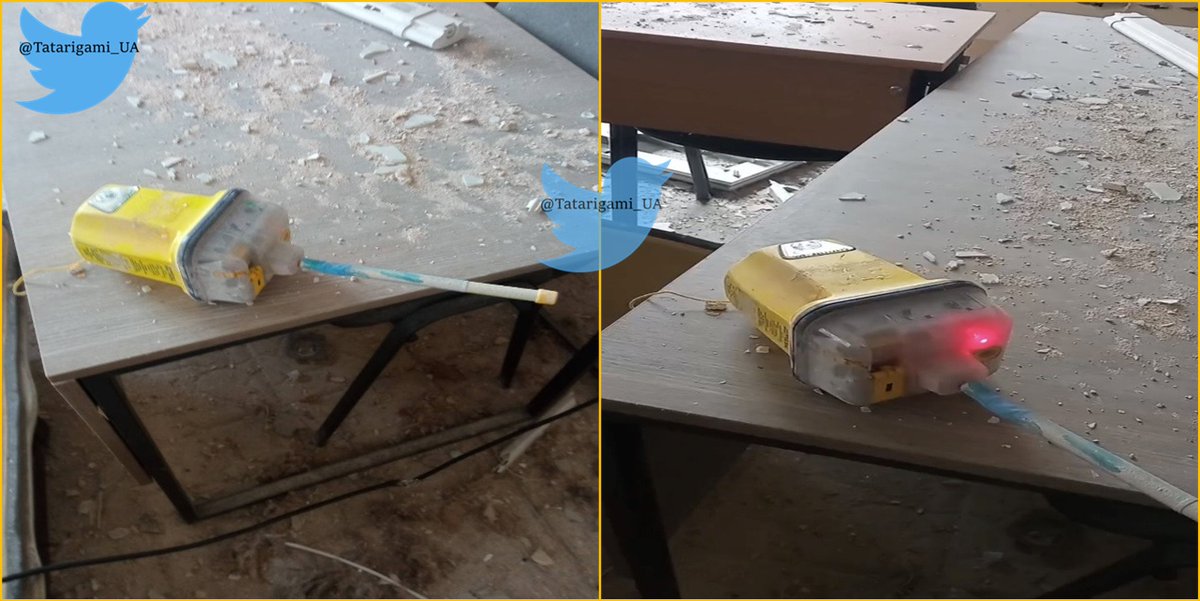
2/ I didn't have a chance to take a look at it personally but according to the information provided by the fighters on the ground, the dropped beacon is believed to be an ACR RLB-37 (or 35) "GlobalFix" emergency radio beacon. 
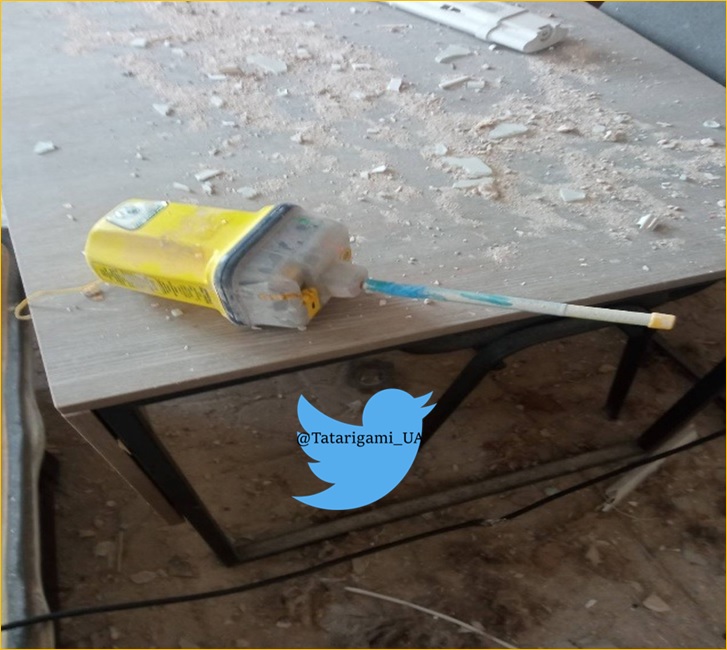
3/ This emergency radio beacon is designed for marine use, operating within the Cospas-Sarsat satellite system. While this device is intended to facilitate swift and efficient rescue operations, it is used by russians for precise targeting of our troops. 
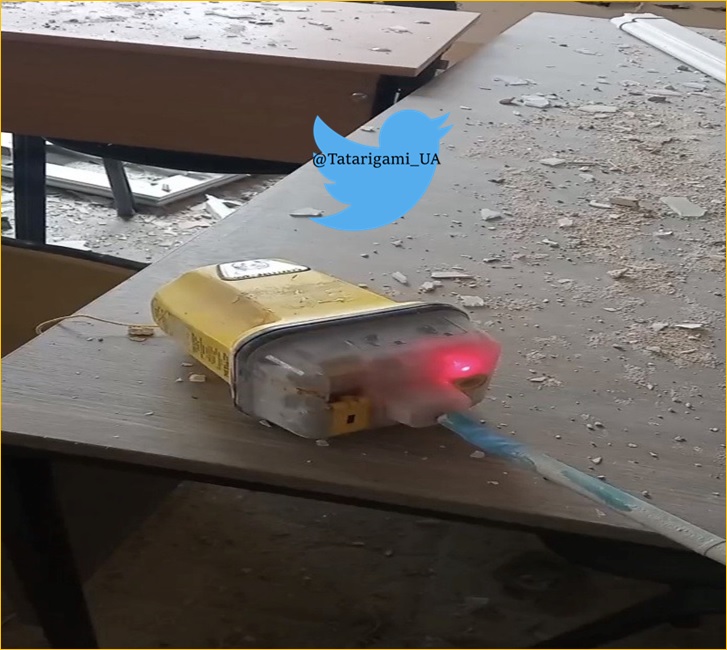
4/ The device has a certificate of approval from the russian Maritime Register of Shipping.
It appears that the emergency radio beacons are available for sale. The link in the image description is included.
It appears that the emergency radio beacons are available for sale. The link in the image description is included.

• • •
Missing some Tweet in this thread? You can try to
force a refresh








